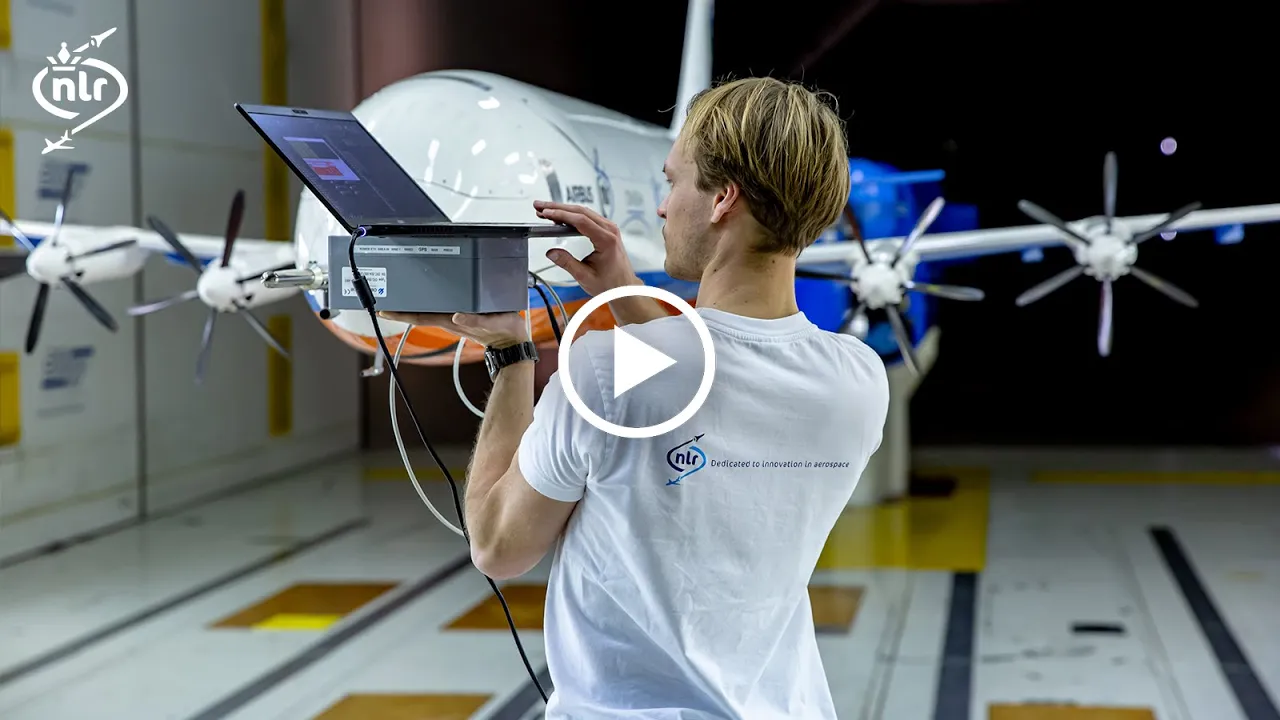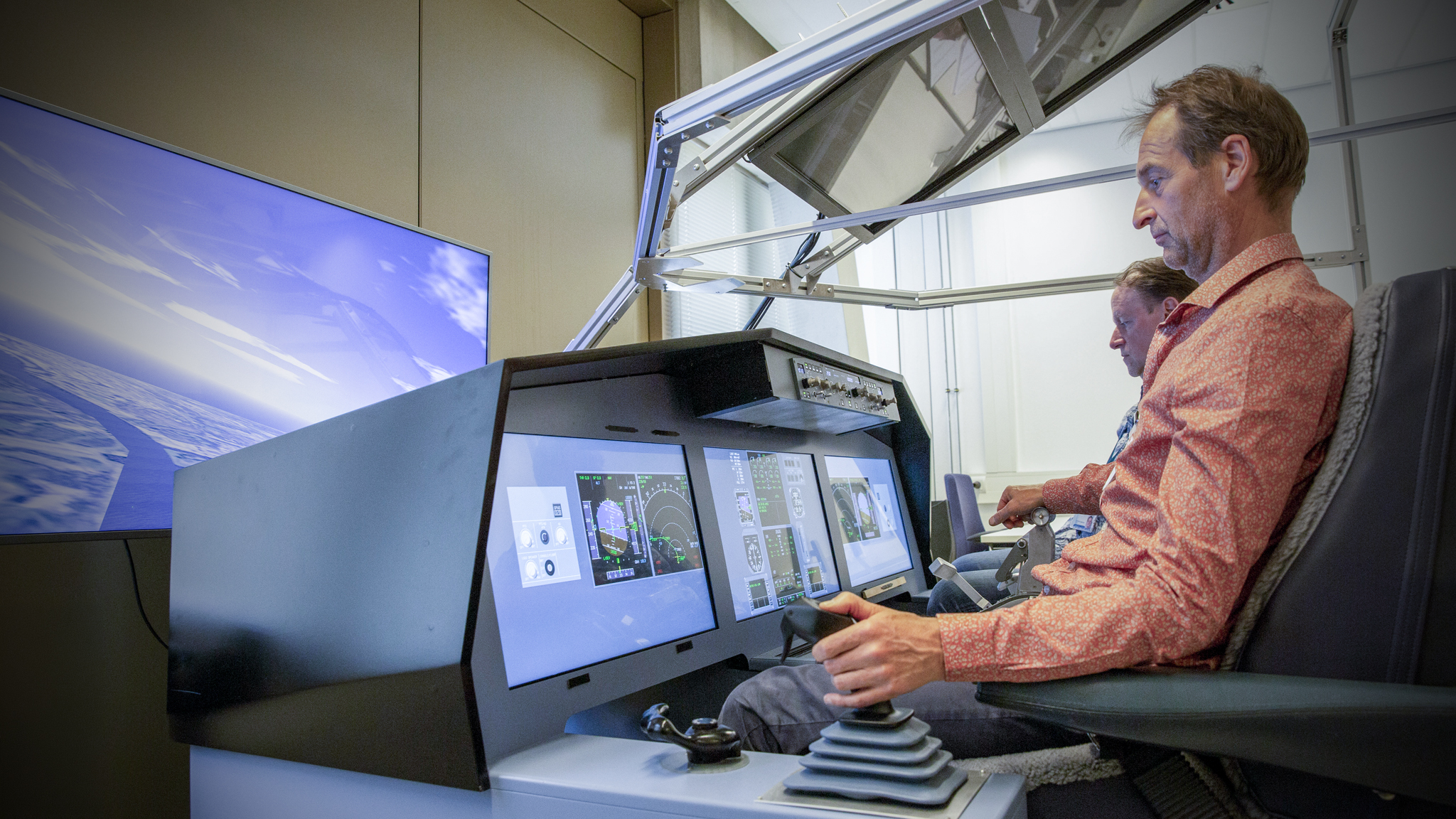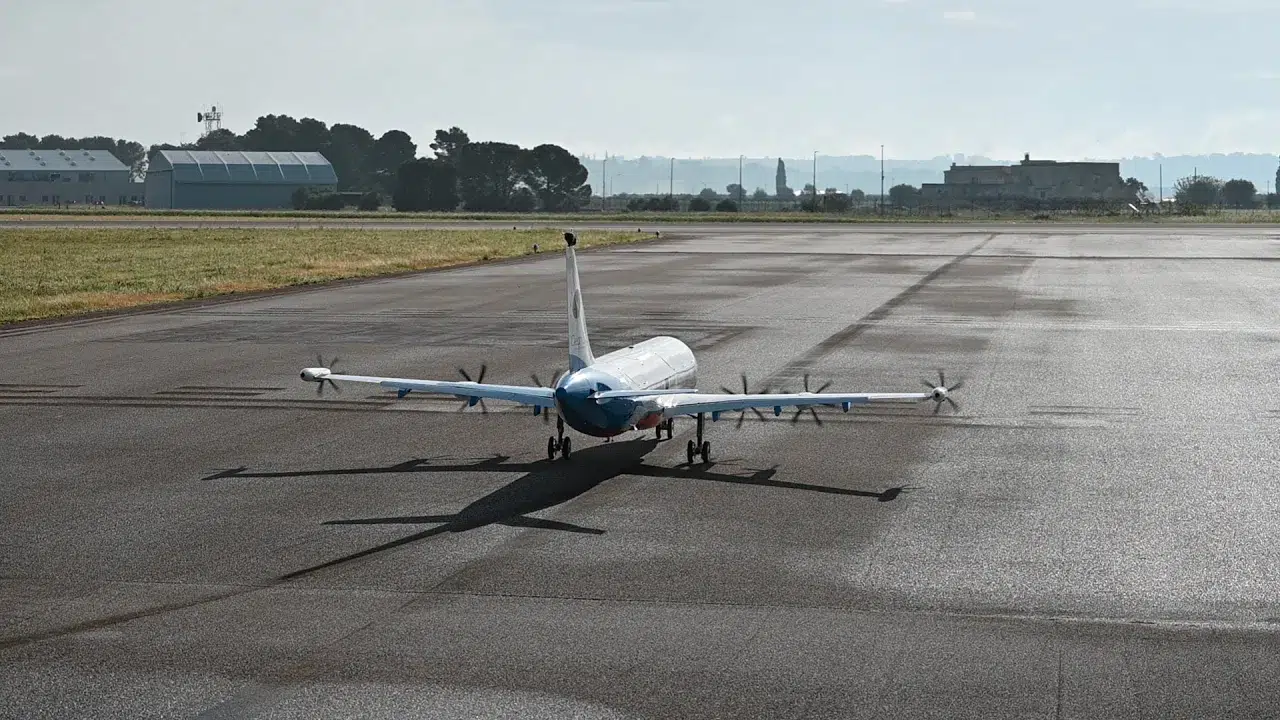In the last years the aviation sector has been experiencing an explosion of new aircraft concepts. Whether driven by new business models, such as urban air mobility, or the quest towards a more sustainable aviation, new designs join the traditional “wing and tube” principle in the aircraft concept for the future of aviation. All those new aircraft concepts challenge the full certification chain, including the flight testing phase. This phase is the most important to ensure that aircraft are safe to operate, but it usually spans over years. Combining the requirements of the flight testing with the multitude of aircraft concepts requires new approaches, to get to the market faster without compromising on safety.
In the current, very active, circumstances of multiple developments, new vertical take-off and landing vehicles are gaining popularity again, and the most meaningful development in this direction is the ‘Next Generation Civil Tilt Rotor’ (NGCTR) project, part of Clean Sky 2, an innovative and advanced concept for a new generation tiltrotor. Along with a cruise speed of over 500 km/h and a 2500 kg payload it will allow for an increased productivity and efficiency. It will be an “all weather” rotorcraft and will have a positive impact both on the mobility of goods and people and on environment due to reduced emissions and noise.
ADMITTED
One project which aims at contributing to NGCTR development is ADMITTED, an EU-H2020 project, in which Royal NLR, TXT e-solutions SpA and SUPSI-IDSIA, in collaboration with Leonardo Helicopters, define and operate an advanced platform enabling the analysis of massive data gathered from test flights. To do so, the consortium will adopt a complex hardware and software architecture to support big data analysis. It will also apply specialised AI algorithms to support data correlation,
Robert Maas is R&D engineer at Royal NLR and involved in the project: “The project offers a unique opportunity to apply AI and other advanced data science techniques on a development still in its conceptual phase and directly in collaboration with the OEM. This is a chance to really apply research directly to a new type of market product, a tiltrotor, which makes it different than other projects”.
In this project NLR will build models for advanced data analytics that can provide new or better insights from the data gathered, which can help monitoring the usage of the tiltrotor. Constructing predictive models (e.g. accelerometer data from flight parameters) can be important when in normal usage not all sensors are available; in addition to this, the models can be used as virtual sensors and enable a digital twin of the asset.
The way forward
“The project will support flight test engineers, with novel approaches based on machine learning to support the technicians in detecting specific flight conditions. The same platform is also adapted to support the development of the Next Generation Civil Tilt Rotor Technology Demonstrator, but for sure other applications, from small to large airplanes, are possible”. And about the relevance of the project in the “new post-corona” aviation, Robert Maas adds: “ The data analysis will support future test programs of tiltrotors, it might result in the reduction in number of tests to be performed, leading to a reduction of emissions. Furthermore the concept of predictive models and virtual sensors can be applied in many more general cases where the usage and health is monitored, enabling assets to stay in service longer, requiring less maintenance without compromising on safety.”
This project has received funding from the Clean Sky 2 Joint Undertaking (JU) research and innovation programme
under grant agreement No 832003.




